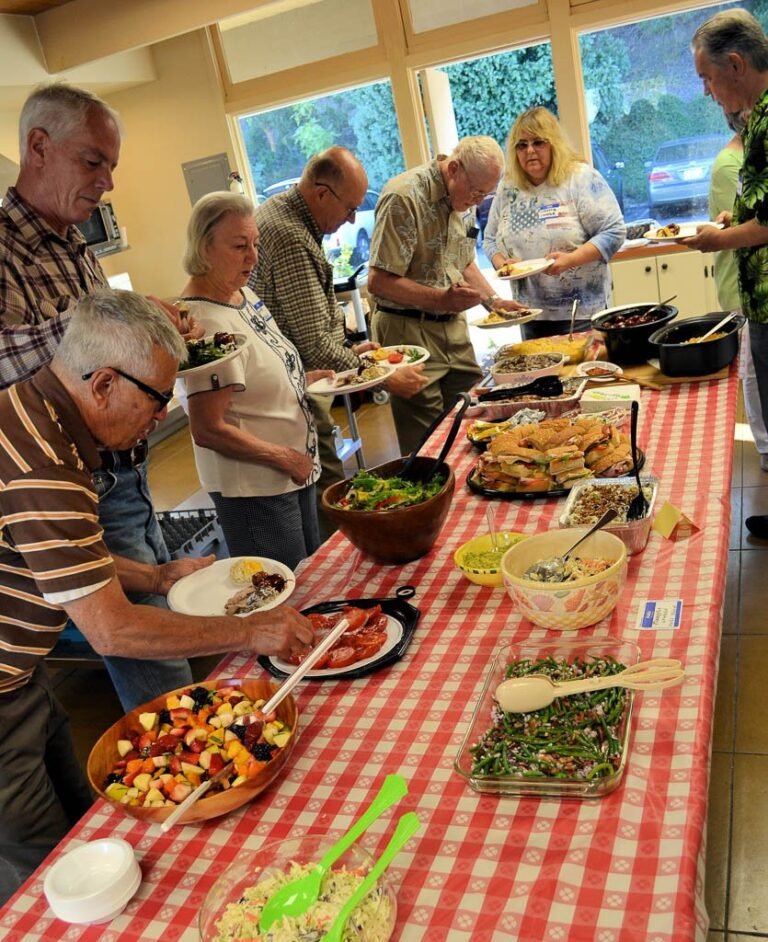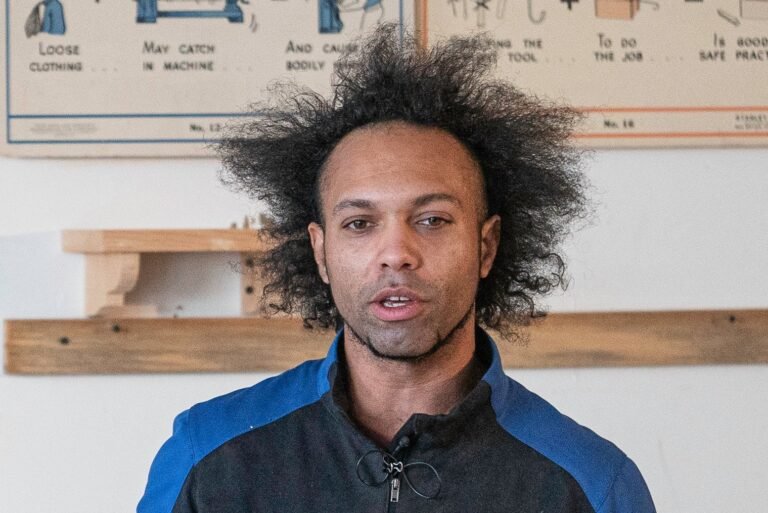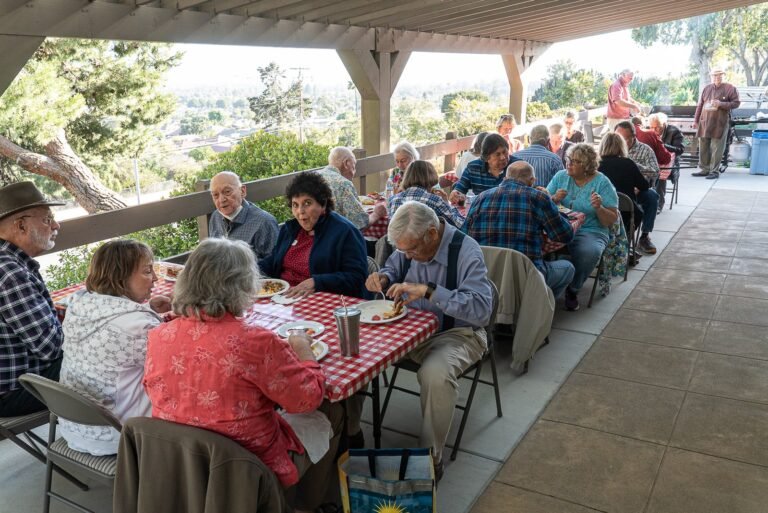January, 2011
| Mentors Available
The following list of members have offered to act as mentors to any member of the club who wishes to have hands-on instruction. This can be done at the mentor’s shop or at the member’s home on their own lathe. It is an excellent way for beginning turners to quickly learn basic skills and safety and for more advanced turners to develop new ideas and skills. Using your member roster, give any mentor a call to arrange a time. If you don’t have your roster or want to add your name to the mentor list, give the newsletter editor a call. Each mentor can teach basic skills; some have also listed specific topics in which they are especially interested or have more advanced skills. Bruce Berger Any topic including segmented turning Warren Brown Any topic David Frank Any topic Al Geller Open form bowls, natural edge bowls, bowl design Ron Lindsay Any topic including hollow turning freehand Jim Rinde Anything to do with using and turning resins, turning goblets, hollow turning with a boring bar with/without a laser Herm Ross Miniatures; tool making and metal work Chuck Stevenson Basic turning; he is learning to do segmental work Gary Toro Anything you want to make Sam Turner Any topic (if he doesn’t know how, he will learn it with you) |
Questions and Answers (Q&A)
This is a new feature of the monthly Newsletter. Send your questions to the newsletter editor, Ron Lindsay, RonaldBLindsay@verizon.net . He will forward each question to our panel of experts. We will get answers to each question from at least two of our experts and publish them in a future newsletter in this Q&A section.
Here is our first Q&A:
Q: Why are some bowl gouges ground with a V shaped center and other bowl gouges are ground in a U shaped center? How does the design of the hollow portion of a bowl gouge affect the turning process?
A: (Al Geller) All my gouges have either a “U” or a “V” shaped groove cut into them. The “V” shaped groove is round at the bottom so that the real difference to the groove is the slope of the sides of the groove. I know that Thompson makes a truly round shaped groove in his bowl gouge, and I do not believe that it has an advantage to a U or V. The round profile provides a lot more steel under the groove surface to give you a stiffer tool, but the round groove will, I think, result in a catchier tool, like a spindle gouge. For me, the main difference between a “U” or “V” profile is [apparent] when I shear cut the exterior of a bowl. The straight sides of a “U” profile results in a straighter edge whereas a “V” grind has a more rounded edge. The differences are minimal. I believe that the “U” profile is somewhat safer in that it is harder to get a catch with it. These comments are based upon a single-angle bowl grind jig which I do not alter based upon tool size or groove shape. I have one 1/2″ bowl [gouge] with a very open [shape]–almost similar to round, but it is a very open “V”. Because of its shape, the edge is very acute – maybe 30 degrees – and this gouge makes a super-sharp shear cut tool. I use this tool only for final cuts since the edge angle is smaller and dulls quicker.
A: (Sam Turner) I have both the “V” (Glaser) and “U” (Oneway) shaped gouges in my tool kit. I’ve used both for several years and have done my best to research the difference in the various books and periodicals in my limited library. The bottom line for me, my opinion, is that there isn’t much difference. I tend to use my “U” shaped gouges the most. They seem to be more prone to giving a smoother cut. I think the reason is that the “U” shape provides a less abrupt transition at the bottom of the flute, making the gouge more controllable. However, the “V” shaped flute creates a smaller cutting surface on the wood because of its sharper transition at the bottom of the flute. This usually means a more controllable cut because less wood is being removed where the gouge contacts the wood. Obviously my last two statements seem to contradict each other. The problem is there are other factors involved, such as the properties of the HSS that control durability and sharpness of the edge doing the cutting. I know a sharper edge means a more controllable cut. I have read that a more durable steel may be more difficult to get as sharp as a less durable steel. Of course this creates the trade-off of having a sharper edge and having to resharpen more often. I think that a far more important consideration than flute shape is how well you sharpen your tools. The best sharpening job is one that creates a bevel with a single facet and a symmetrical shape. Honing the edge of your tools, at least for the final finish cuts, is very helpful in getting both the shape and finish you’re looking for. My advice is to try both flute shapes and see if you can tell the difference. I’m not sure I can. But, I seem to go back to my Oneway “U” gouges most often, and so they must work better for me. Please remember that there are many ways to accomplish your goal. Some turners use scrapers instead of gouges and produce very nice work. The important thing is to try different techniques and use what works for you. A: (Steve Langton) See http://www.aawforum.org/vbforum/archive/index.php?t-3968.html A: (Ron Lindsay) See http://www.thompsonlathetools.com/faq.asp *** |
Hands-On Session
Our Hands-On session is geared toward beginner/intermediate turners looking for some hands-on mentoring with our more experienced turners.
Show & Tell
We will have a Show and Tell at the 22 January meeting, so bring your latest projects.
Past Events
At the meeting of the Channel Islands Woodturners on Saturday November 20, Tania Radda entertained us with an all-day demo. Click here to see photos from that meeting. On December 4, the Gellers hosted our annual holiday party. Click here to see pictures from that event.
New members – A hearty welcome to Mimi and Phil Allin, Tom Benham, James Filsinger, John Ford, Tucker Grant, Steve Newman, Don Philpott, Don Prince, and Tom Zanotti.





